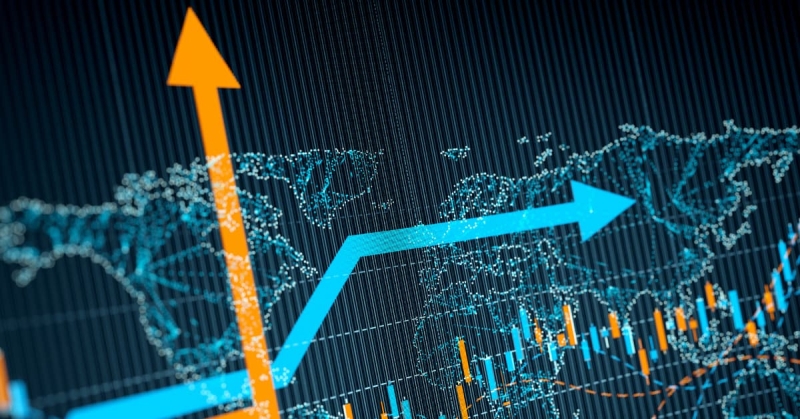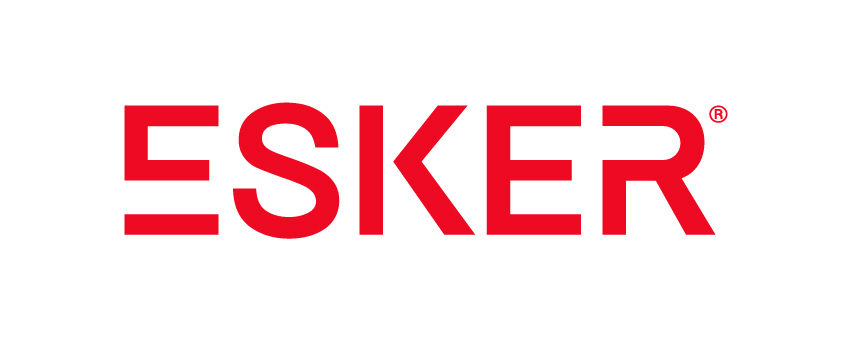Title
Top 6 Trends Shaping Procurement in 2025
As we step into the second quarter of 2025, Procurement leaders are navigating through both the consequences of global economic challenges and new avenues for growth. In 2024, the industry was debating over the slow-paced economy as well as the dire need for cost management and collaboration. However, at present (2025), the dialogue that has developed covers not only AI-driven efficiency, but also supply chain redesign and a newfound focus on value creation.
With a new picture of Procurement being shaped by automation, ESG goals and building resilient teams, these all make a very clear picture of transformation, while also depicting Procurement professionals as the chief strategists in their companies.
Top Procurement Trends in 2025
1. Adjusting to a changing economy: from stagnation to strategy growth
Looking back to 2024: Last year, the main goal was to deal with “deadweight” economic stagnation. Procurement teams were on the defensive — they were finding cost savings, building supplier relationships and testing new technologies to alleviate current pressures.
The 2025 overview: Whereas market conditions have seen slight progress, geopolitical instabilities and macroeconomic challenges are still the main issues. Rather than awaiting a blow, Procurement teams are making moves towards reshoring, nearshoring and diversification in the supply chain. Automation trends pointed out in 2024 have materialized, as the use of AI has doubled, leading organizations to save costs, streamline decision-making and be more flexible in turbulent times.
2. Technological development: AI is in action
Looking back at 2024: While AI was the center of attention and showing promise — especially for automating RFx activities and managing costs — the suggestion for 2024 was being cautious and sticking to the best practices.
The 2025 overview: It looks like today's technology trends are replacing the old ones. The focus now is on machines that can learn from experience: AI is redefining Procurement processes. From generative AI for supplier selection to automated contract negotiation, cutting-edge technology is being woven into daily operations and has helped expose a significant skills gap uncovered. In response, Procurement teams now need to invest heavily in both technical training and strategic planning to leverage AI without overwhelming staff or sacrificing collaboration.
3. Changing priorities: from cost control to value generation
Looking back at 2024: The pressure of inflation and the slow rate of economic growth shifted the attention mainly to cost containment — improving sourcing efficiency, forming better partnerships and avoiding supply chain disruptions leanly.
The 2025 overview: The trend is shifting: Besides cost, Procurement is being increasingly viewed as a driver of innovation and business development. By working with suppliers on product innovations, green initiatives and emerging markets, Procurement teams can end up creating more value and contribute more to the overall financial success of a company. The talk is no longer just about maintaining expenses, but rather about fostering the partnerships that will enhance revenue growth, meet ESG targets and create competitive advantages.
4. Evolving ESG standards
Looking back at 2024: Sustainability was predominant at the forefront in 2024, with initiatives like decarbonization of the supply chain and the addition of ESG metrics into supplier assessments.
The 2025 overview: ESG is simply the must. Transforming climate policies, the shift to electric vehicle regulations, and the restructuring of the global economy have caused unexpected challenges. The rules are tougher, and the consumer has more expectations. Therefore, Procurement should embed sustainability practices as a banner through the entire supply chain. This will help build transparency, mitigate risks and balance ESG commitments with profit goals. Companies that get it right can leverage ESG as a differentiator; those who do not will be exposed to compliance risks and damaged reputations.
5. Talent & skills: bridging the Procurement gap
Looking back at 2024: In a setting that was mainly focused on cutting costs and the collaboration of suppliers, internal workforce development largely fell to the wayside.
The 2025 overview: As AI and automation continue to deeply root in the workforce, the surge in demand for specialized skills has increased. Procurement professionals should thoroughly master advanced analytical tools, negotiation strategies and relationship management, all of which are keys to the successful use of AI. Apart from that, investing in training and education is essential. Soft skills that have a deeper emphasis on human relations, such as communication, leadership and adaptability, are also in the highest demand, proving the point that Procurement needs to go hand in hand with a human-component approach.
6. The resilience of supply chain: a must-have priority
Looking back at 2024: After global disruptions, organizations were prompted to use digital tools and collaborate on a wider basis in order to weather future storms and keep supply chains moving.
The 2025 overview: Though still the foremost target, resilience in Procurement has been modified for many reasons. Increased geopolitical tensions, from additional trade tariffs to local recession, have persuaded most to vary their supply networks. Climate-related events have, in turn, demonstrated the importance of avoidable risk and the matter of speed in the response. For this reason, Procurement teams are acting proactively too, using data analytics to see risks of disruption, search for new suppliers, and reshoring or nearshoring suppliers when possible.
The full picture for the upcoming year
A good number of predictions made for 2024 have come to fruition. Automation has not only become a part of the supplier-evaluation process, but also ESG and other green initiatives. The unforeseen pace of AI adoption, however, has left a skills mismatch that has caught quite a few by surprise. In the meantime, the constant struggles and reshuffles in the geopolitical landscape have created even more groundbreaking procurement solutions to be drafted and made it necessary for organizations to refine their corporate strategies on the fly.
One welcome surprise for 2025 is the increased focus on customer experience (CX) within the Procurement Technology sector. As teams adopt advanced platforms, they want more than just features and price; they go for tools that will deliver an experience for internal users and suppliers that is both seamless and intuitive. This human-centered design philosophy has been a key element in the successful implementation of procurement automation.
What should Procurement leaders focus on in 2025?
1. Make wise technology investments
AI and automation certainly can revolutionize your Procurement function, but you need to have a convincing roadmap and a constant upgrading process in order to reap all the benefits.
2. Raise ESG
Don’t look at sustainability as an add-on. Putting ESG principles into the very center of your operations can turn it into a competitive edge.
3. Adopting value-oriented strategies
Stop only cutting costs. See Procurement as a growth engine, using supplier partnerships to enhance innovation and revenue.
4. Foster resilience
Supply chains need a proactive stance; go for diversification, digitization, collaboration and agility in the face of uncertainty.
5. Settle the skills gap
As AI takes off the repetitive tasks, prioritize the human side. Improve both your team's technical and interpersonal skills to maintain your strategic edge and sustainability for the future.
In 2025, the world of Procurement becomes more prominent than ever. By embracing AI responsibly, strengthening supplier relationships, and implementing progressive ESG and CX strategies, Procurement leaders can guide their companies along the route of sustainability — at the same time, making the point that Procurement is not about mere savings, but much more.
Esker is the go-to Procurement company for your collaboration in 2025
So, picture it: a procurement process that is unbroken, as smooth as silk. Esker offers a cloud-based e-procurement solution that streamlines spend requests and the ordering of goods and services. In simple terms, all spend requests go through the right channel and every invoice is matched with the corresponding purchase order. Esker’s innovative and intuitive platform is easy to adopt and seamlessly integrates with current software.
Esker users benefit from:
- Real-time analytical data for visibly improved budget controls and oversight
- More precise and efficient management of cashflow
- Decreased fraud, better discounts and enhanced compliance
Esker’s AI-powered solutions can help you reach your Procurement goals. Tell me more!
Subscribe to new posts




